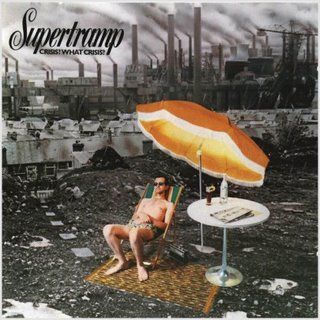Supertramp was always big in Canada. Their 1975 album, Crisis-What Crisis set the stage for the megasellers of the next few years. I didn’t really go for Supertramp, but have to admit their music holds up much better than most –  Journey is so awful – over the years.
Journey is so awful – over the years.
Julia Stewart of the Produce Marketing Association offers some food safety crisis communication tips in the From Field to Fork blog. It ain’t rocket surgery, but groups screw this up all the time (today I’m looking at you, egg industry; tomorrow, who knows).
Don’t stonewall
There can’t be any holes in the food safety net, folks – so large, local, conventional, organic, everyone must get on the food safety bus.
Don’t settle for status quo
Your grandfather or great-grandfather’s farming practices are no longer good enough. The modern food safety reality necessitates risk assessment and risk management, GAPs, audits, and the courage to not harvest that suspect block.
Don’t blame victims
Consumers (rightfully) expect the food industry to work hard to produce safe foods, so we shouldn’t blame them when they get sick because they didn’t treat our foods like hazardous materials.
Do consider the return on investment
A food safety program is an insurance policy. Causing a foodborne illness outbreak can literally cost you the farm. Investing in food safety can help reduce the risk.
Do have a long-term view
The food safety landscape is perpetually changing, so strive for continuous improvement.
